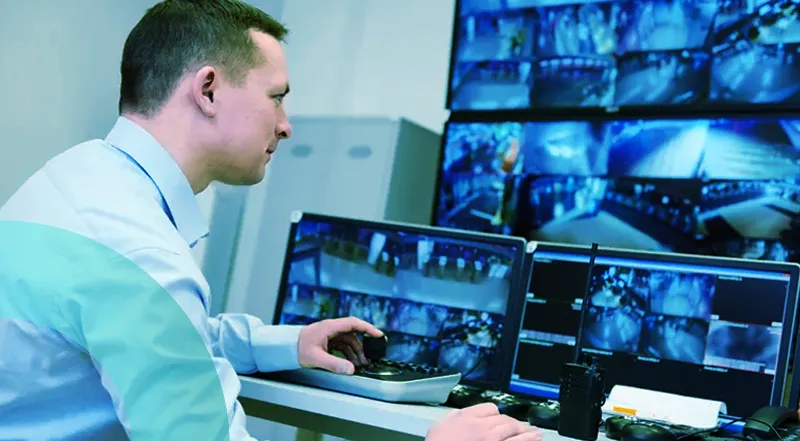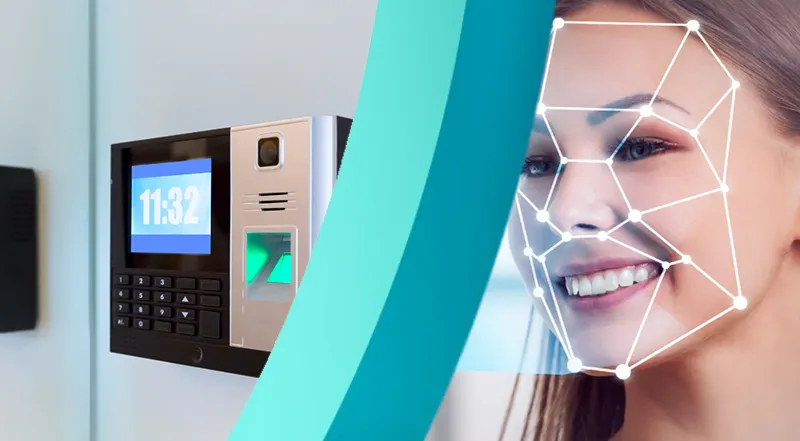Access automation has become indispensable in many environments: construction sites, parking facilities, office buildings, and sensitive areas. Badges, license plate readers, biometrics… these technologies streamline flows and reduce the operational workload for operators. Yet no infrastructure can function solely on pre-programmed rules. Sites are living, evolving, and face unforeseen events that machines alone cannot handle. This is precisely where human supervision proves essential: ensuring service continuity, interpreting exceptional situations, and maintaining trust in an access control system.
When Automation Reaches Its Limits
Automated systems excel at repetitive tasks: verifying access rights, opening a gate, denying entry to an unauthorized user. But operational reality is more complex than these predefined scenarios. On a construction site, a contractor may need access outside their scheduled slot. In a public parking lot, a technical failure may block several vehicles at once. In an office building, an employee may require exceptional access due to an urgent business need. These are all cases where technology, left on its own, hits its limits. Humans remain indispensable for interpreting context, making quick decisions, and ensuring operational flow.
The Added Value of Human Supervision
Supervision is not just about identifying a problem: it is about being able to provide an immediate response, guided by predefined rules but enriched by human judgment. An operator can remotely authorize an exceptional entry, reset a malfunctioning device, or trigger an evacuation protocol in case of an alert. Each of these actions requires both responsiveness and a precise knowledge of the site’s established rules. Where an automated system merely signals an anomaly, human supervision turns it into a corrective action—ensuring not only safety but also continuity of service.
A Structured and Responsive Organization
At LinkView, human supervision is built into the design of every system. It does not rely merely on operators being available at all times, but on a structured organization designed to respond to any situation. The operations center is active 24/7, with operators specifically trained for different environments—construction sites, parking facilities, office buildings, or sensitive areas. Every intervention is documented and tracked, ensuring compliance and reliability. This organization makes it possible to act immediately, whether through remote adjustment or the coordination of on-site intervention, without depending on chance or local availability.
Automation and Supervision: An Essential Complementarity
The evolution toward increasingly connected and automated sites does not diminish the role of humans—it redefines it. Automation manages daily flows with unmatched precision and efficiency, but it is human supervision that ensures resilience in the face of unforeseen events. Together, they form an indispensable combination: machines provide speed and fluidity, humans bring flexibility, accountability, and trust. From this complementarity arises access management that is truly efficient, secure, and sustainable—capable of adapting to the diversity of environments as well as to the unpredictability of site operations.



